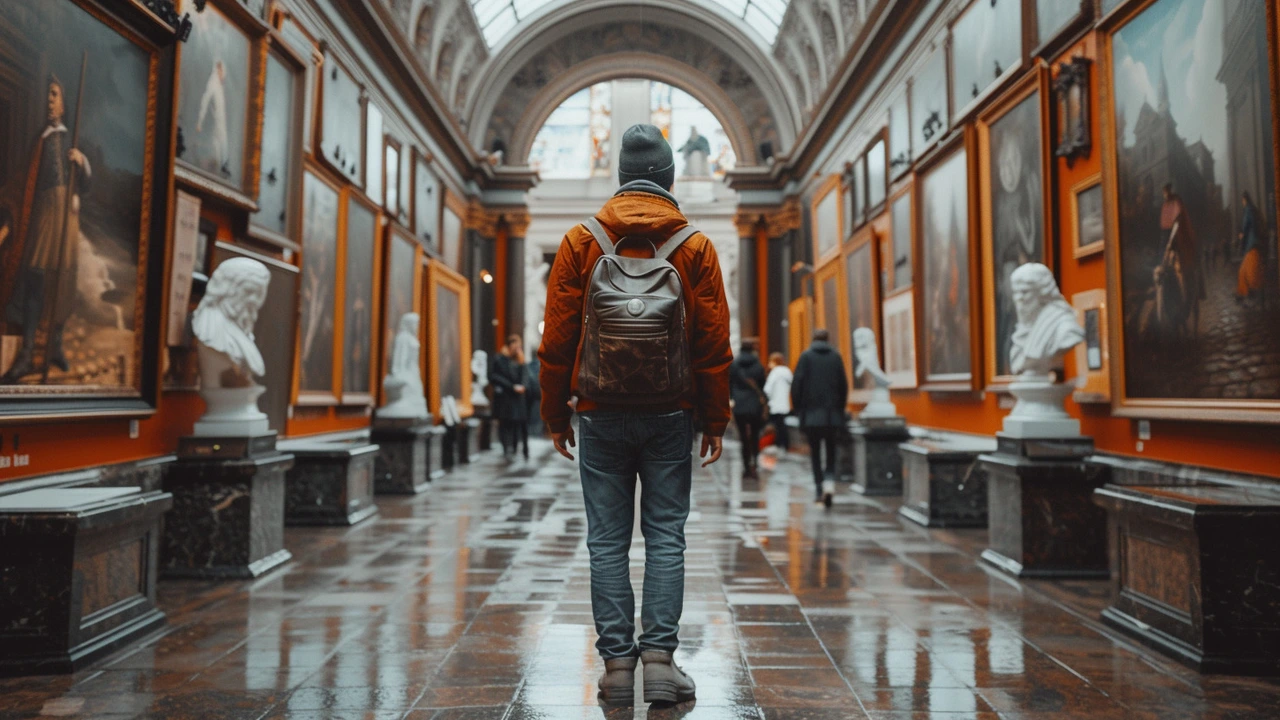Symbolism: How to Read What Art Is Really Saying
Ever notice a painting with a crow, a clock, or a cracked mirror and feel there's more under the surface? That sense is symbolism at work. Artists use objects, colors, and placement to pack extra meaning into a scene. You don't need a degree to start reading those signs—just a few practical moves.
How to read symbols in a painting or artwork
First, look for repetition. If the same object appears several times, it’s probably a clue. A repeated rose might mean love, but check how it’s shown—fresh or wilting changes the message.
Next, ask simple questions: who made this, when, and why? Context matters. A skull in a 17th-century painting often signals mortality; the same skull in a modern piece can mean rebellion or irony. Quick background—artist, era, and culture—gives you a shortcut to likely meanings.
Then read color and placement. Bright red usually pulls attention and can mean passion, danger, or power. Objects placed center-stage are often the theme; tiny items at the edge could be secrets or hints the artist expects you to discover slowly.
Think about materials and medium too. A sculptor carving a broken object into steel sends a different message than the same shape painted softly on canvas. Installation art often uses everyday items as symbols—walk through it, don’t just look at a photo.
Finally, compare. Spot similar symbols across artists or movements and you’ll notice trends. For example, Baroque art uses dramatic light and religious iconography to make moral points, while Fluxus artists use playful objects to question art itself.
Practical exercises you can try now
Pick one artwork and write down three objects you see. For each, note one obvious and one less obvious meaning. Then search the artist’s name plus the artwork—often the artist explains their choices in interviews or catalog notes.
Visit a gallery with that brief checklist: repetition, context, color, placement, material. Spend three minutes on each piece and you’ll be surprised how much you catch.
Want reading practice? Here are related pieces on Paul Artistry that show symbolism in action. Click to read deeper:
If you want, start with one linked article and try the three-item checklist. Within an hour you’ll be spotting symbols with more confidence—and enjoying artworks more because they finally start talking back.

